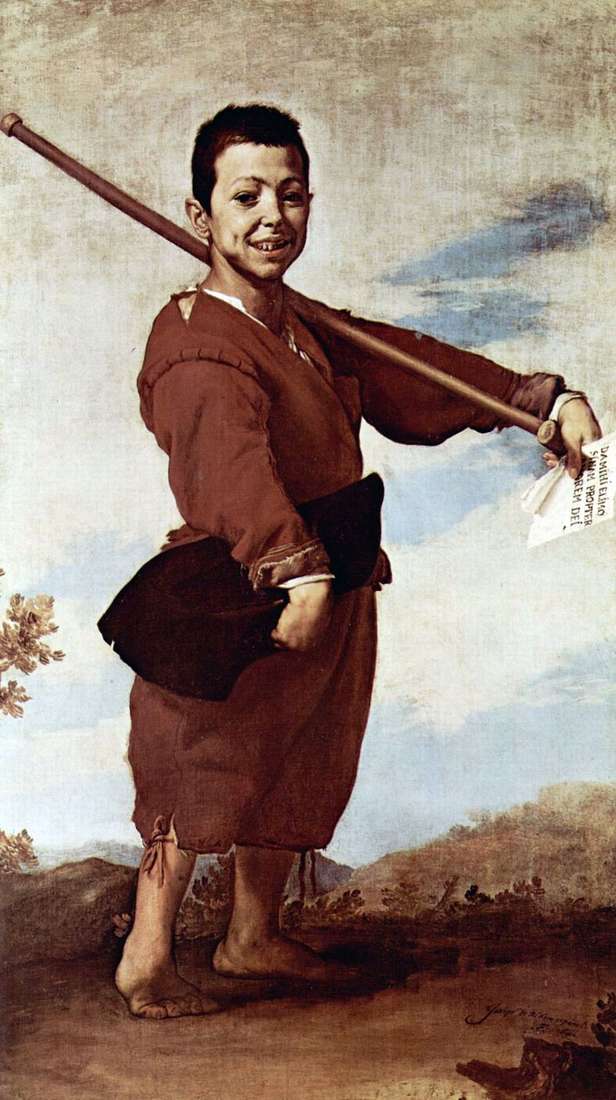
Spanish painter Husepe de Ribera studied with F. Ribalti in Valencia in 1612, then went to Italy, where, leading a half-way way of life, he traveled around cities, studying and copying works of great Italians.
In 1616 the artist moved to Naples and lived there until the end of his days, remaining a court painter of the Spanish viceroy. The art of Ribera is tragic.
Having experienced the influence of Caravaggio’s creativity, the artist managed to add a truly Spanish temperament inherited from him to the naturalness, materiality of images. Extremely dramatizing the portrayed, resorting to sharp contrasts of light and shadow, he created works in which the severity of realism embodied the victory of will and faith over physical suffering. In the mid-1630s, Ribera’s artistic solutions became more balanced, light and shade was softer, the color gamut was lighter.
In the 1640s, the master began to use a technique that combines the principles of the plot and portrait image. The most famous work in this series is the painting “Lame Paw”, painted with merciless realism. However, the image of a crippled boy is presented, as in a representative portrait, with almost solemn monumentality. Other famous works: “St. Inessa”. 1641. Art Gallery, Dresden; “The betrothal of St. Catherine”. 1642-1644. Metropolitan Museum, New York.
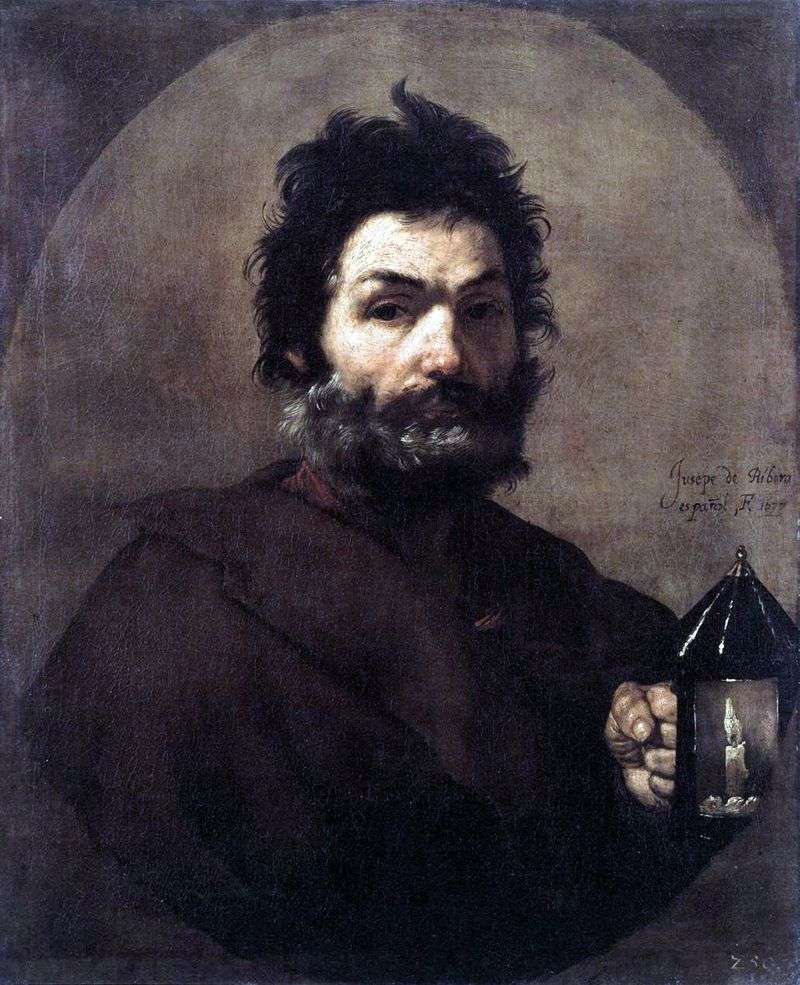 Diogenes by Jusepe de Ribera
Diogenes by Jusepe de Ribera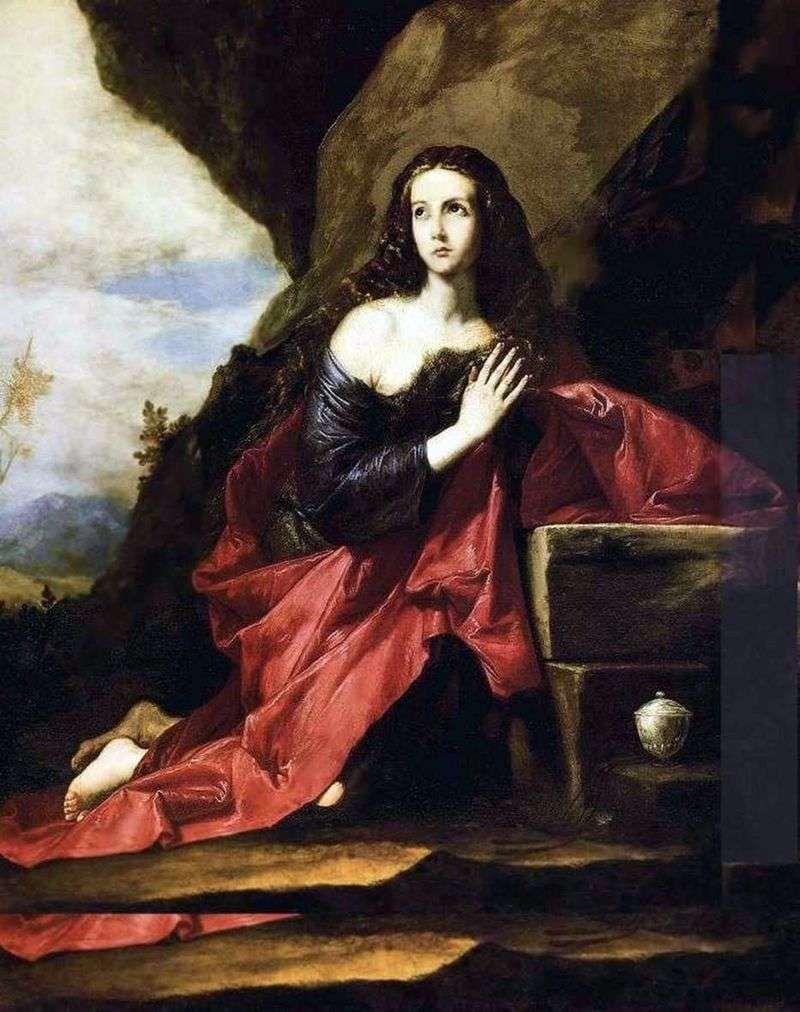 Penitent Mary Magdalen by Jusepe de Ribera
Penitent Mary Magdalen by Jusepe de Ribera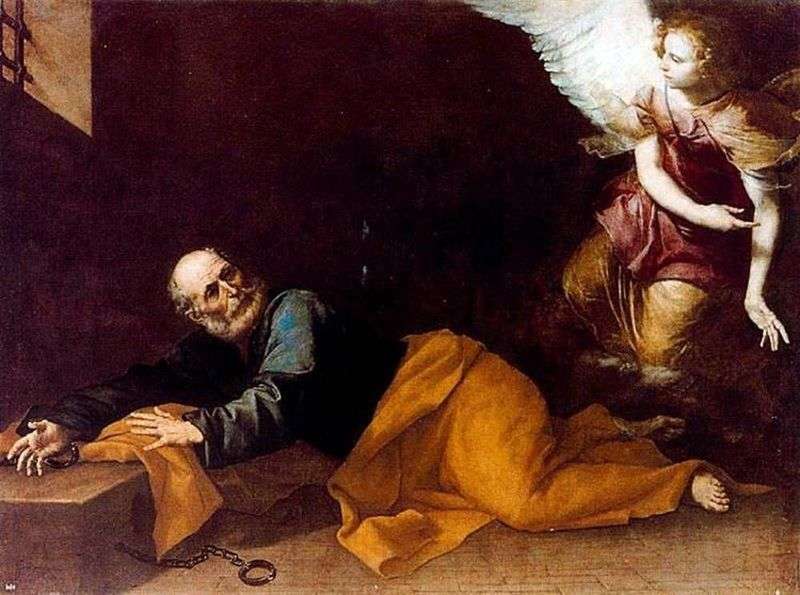 The release of the Apostle Peter from prison by Jusepe de Ribera
The release of the Apostle Peter from prison by Jusepe de Ribera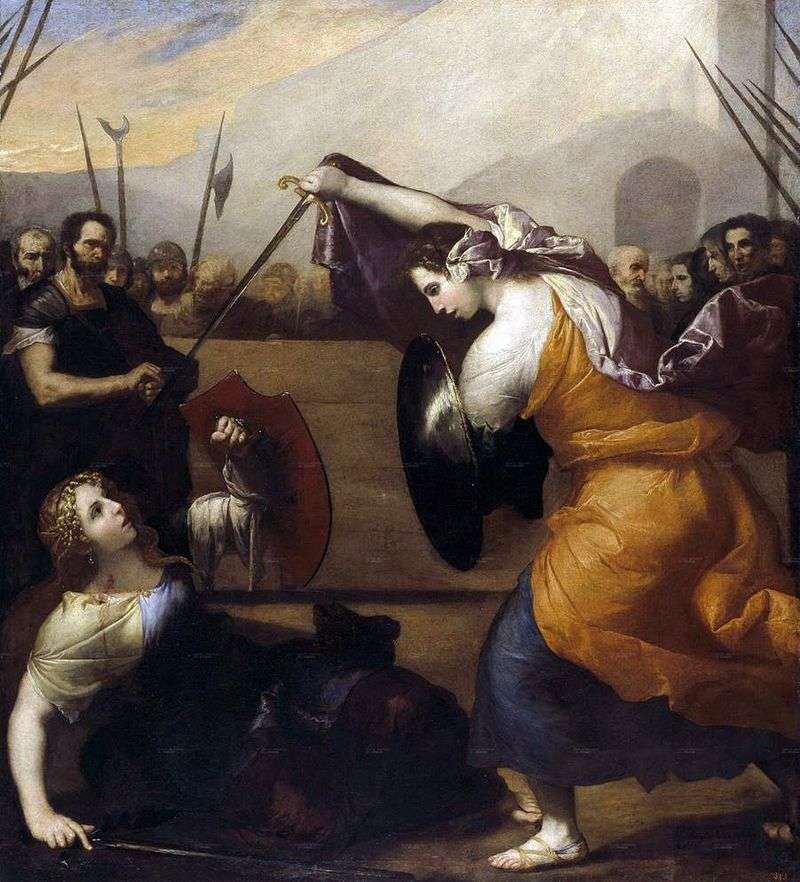 Duel Isabella de Karazzi and Diambra de Pottinello by Jusepe de Ribera
Duel Isabella de Karazzi and Diambra de Pottinello by Jusepe de Ribera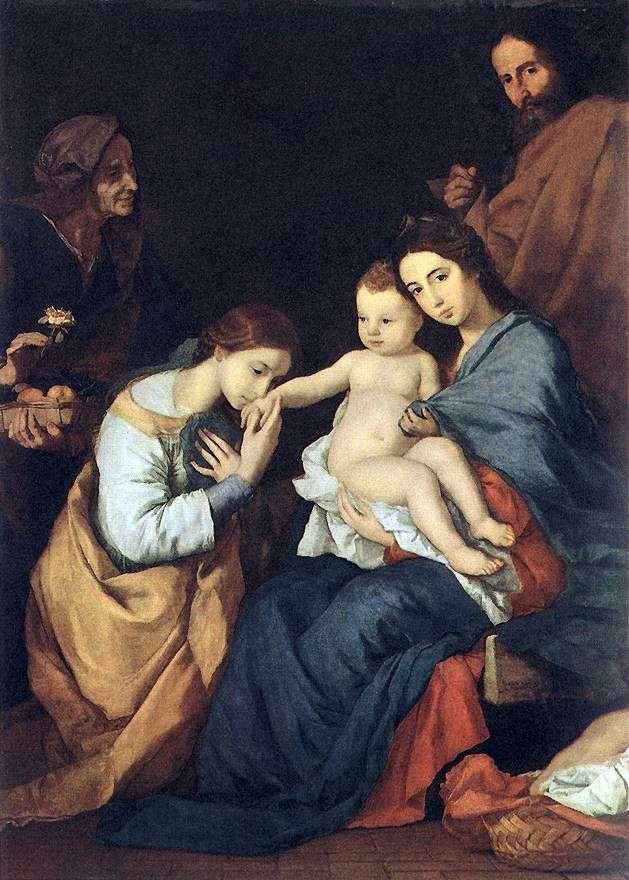 Holy Family with St. Catherine by Jusepe de Ribera
Holy Family with St. Catherine by Jusepe de Ribera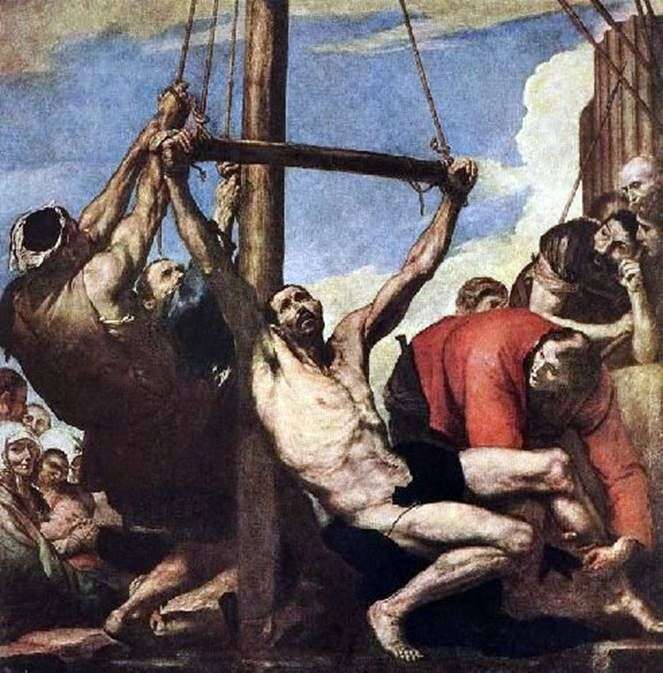 The Martyrdom of St. Philip by Jusepe Ribera
The Martyrdom of St. Philip by Jusepe Ribera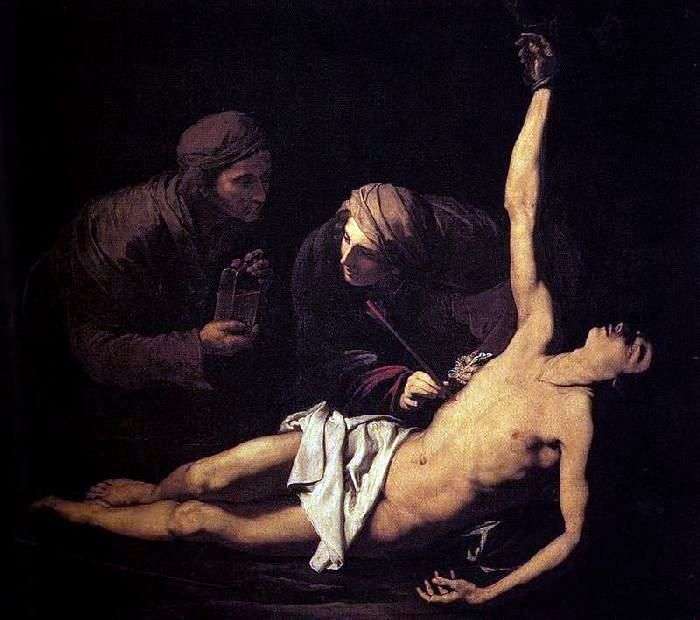 The Martyrdom of St. Sebastian by Jusepe Ribera
The Martyrdom of St. Sebastian by Jusepe Ribera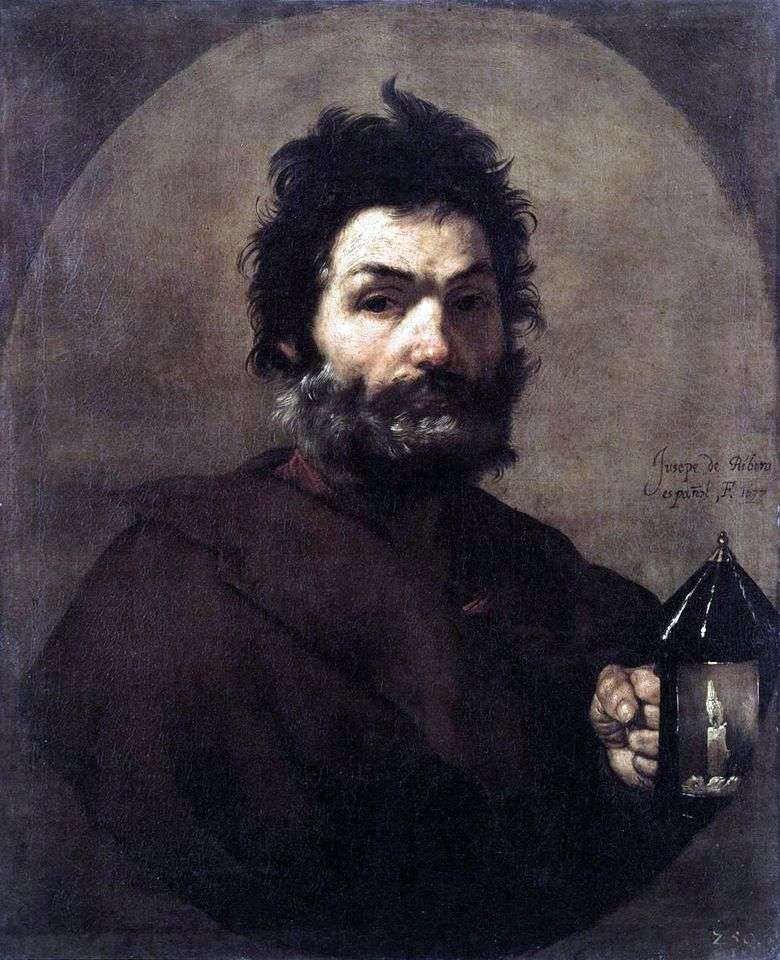 Diógenes – Jusepe de Ribera
Diógenes – Jusepe de Ribera